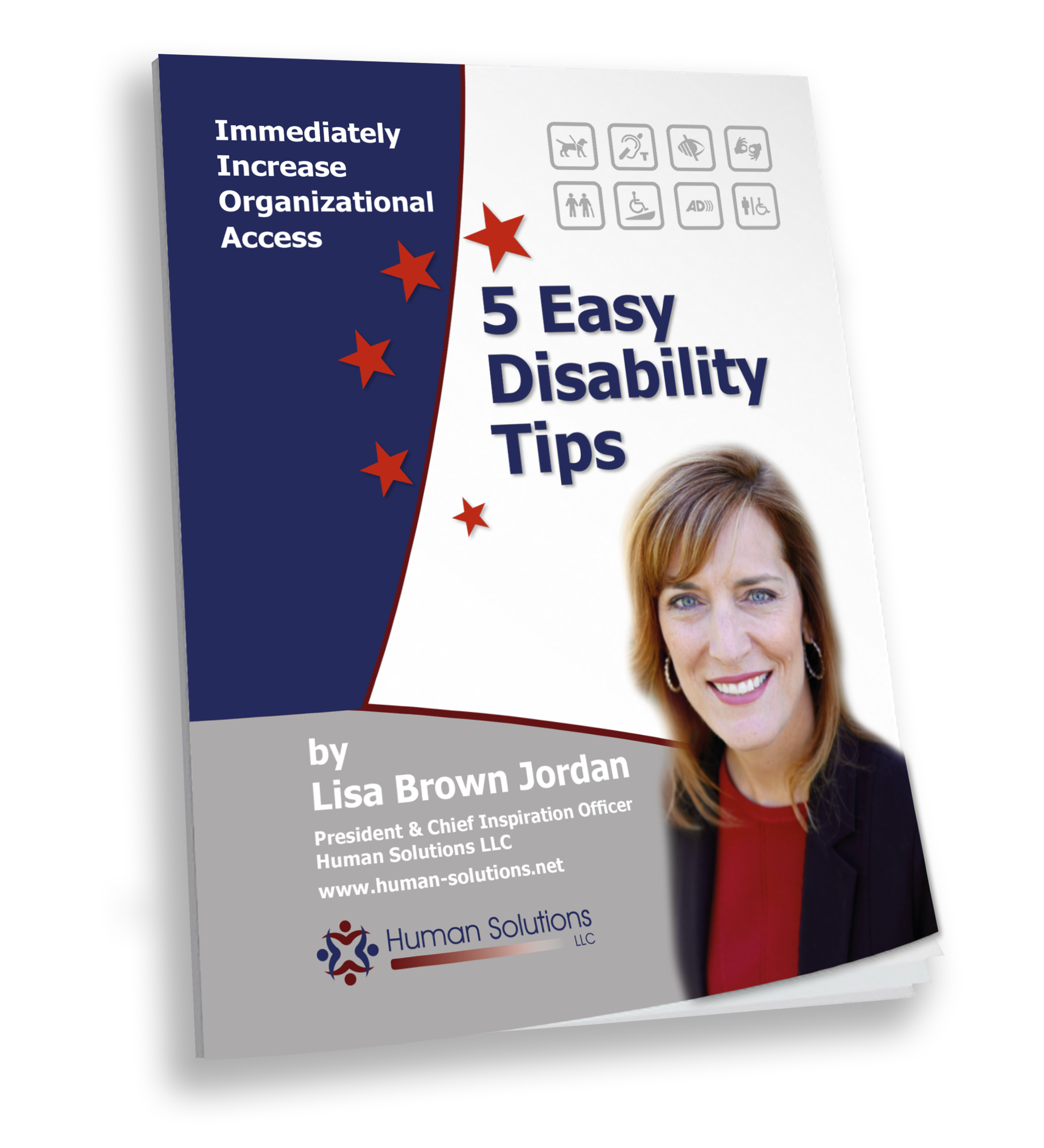As your customer re-enters the workforce, they may be offered the opportunity to participate in their employer’s health benefits packages. Access to employer-sponsored health insurance is typically a great benefit to working! But, if your customer already has Medicare coverage as part of receiving Social Security Disability Insurance (SSDI), they may have the following questions and look to you for answers…
“Do I need both?”
“Would it benefit me to have both Medicare and another insurance?”
“Do I really need to pay for both insurances or can I choose one or the other?”
“Which insurance is considered my primary insurance?”
All of these questions and more can be answered by contacting Medicare’s Benefit Coordination and Recovery Center (BCRC). You can also provide them with the following information for additional support and guidance:
When a customer has more than one insurance coverage, each coverage is called a “payer.” Special rules known as “coordination of benefits” are in place to determine which payer should receive and pay towards their medical bills first. The payer that pays first is called the “primary payer.” If there are costs that aren’t covered by the primary payer, the bills for excess costs are sent to the secondary payer and sometimes a third payer (if there is a third type of insurance coverage).
So who pays first? It depends. Sometimes Medicare may pay first. Sometimes the employer health insurance may pay first. This will be decided by the BCRC based on several criteria, including the number of employees the employer has.
What do your customers need to know? When a customer has Medicare and then adds another type of insurance, like a group health plan through work, they are required to provide the BCRC with information about the addition of health coverage. The best way to report this information is to call the BCRC toll-free at 1-855-798-2627 (TTY/TDD: 1-855-797-2627 for the hearing and speech impaired) and comply with whatever information they request. This will help them to answer any questions and determine who the primary payer should be. The BCRC may get reports from other sources like the employer, group plan or doctors; however, it’s best to call directly to avoid payer confusion and potential billing complications later on. Once a customer knows who their primary payer is, they can determine whether or not they are required to keep both Medicare and a group health plan or if it would benefit them to drop Medicare coverage at that point.
It is important to note that while some individuals may be better off dropping Medicare coverage, others may be penalized for doing so – even if they have group or another type of health coverage at the same time.
If you are working with a customer that receives Medicare as part of their eligibility for SSDI, discuss the basics of health insurance benefit coordination. Do all you can to help them understand this complex arrangement. And, if you need additional guidance, you can also get more information from the Centers for Medicare and Medicaid Services’ website or by contacting your local Work Incentive Planning and Assistance (WIPA) project.

Leave a Reply